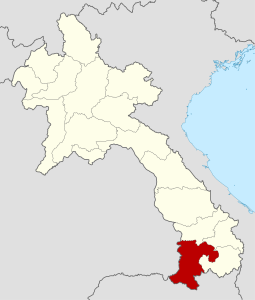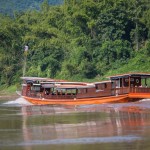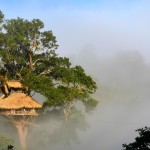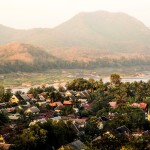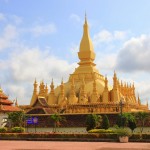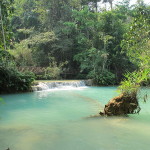Champasak was once, 1400 years ago, the centre of power in the lower Mekong basin, later a revered outpost of the Khmer Angkor empire and later still one of the three kingdoms to rule over the remains of Lane Xang. A fine heritage that, according to the last prince of Champassak, was brought to hard times by a former queen’s indiscretion.
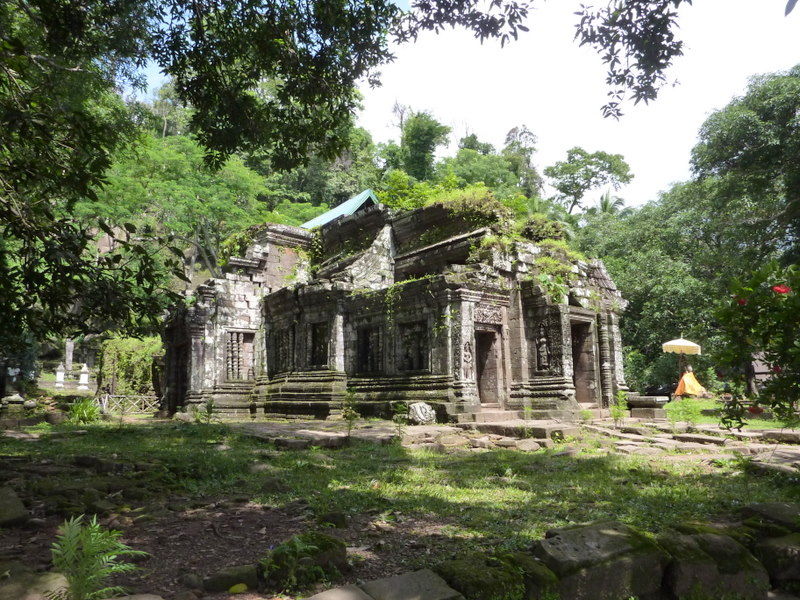
The beautiful Nang Pao ruled over Champasak in the mid-17th century. But it’s lonely at the top and the queen found comfort in the arms of a prince from a neighbouring kingdom. Alas, for the lady’s pennyroyal was ineffective, and Nang Pao fell pregnant. A great scandal ensued and, though the queen remained in power and was succeeded by her illegitimate daughter, Nang Peng, the unhappy Nang Pao decreed that all unmarried mothers in the kingdom must sacrifice a buffalo for their sins. The practice survived in some local communities until the 1980s, the unfortunate women being known as ‘Nang Pao’s Daughters.’
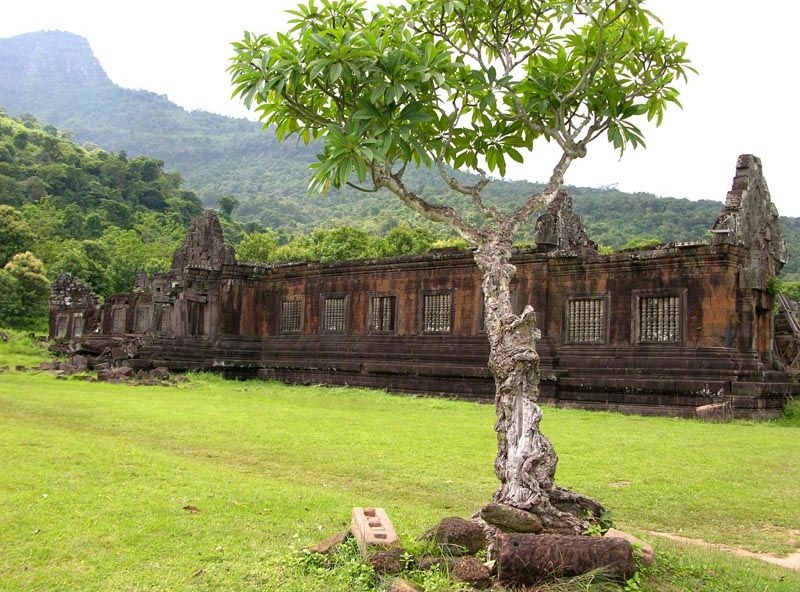
Though the Kingdom of Champasak prospered for a while after the final dissolution of Lane Xang, at the beginning the 18th century, its fortunes faltered quickly and it was reduced to a vassal state of Siam before the century had passed. For its part in Chao Anou’s abortive attempt to win freedom from the Siamese for the Lao kingdoms, Champasak lost all of its territory east of the Mekong. Under French rule the once mighty kingdom became a mere administrative block; its royalty stripped of many of its privileges.
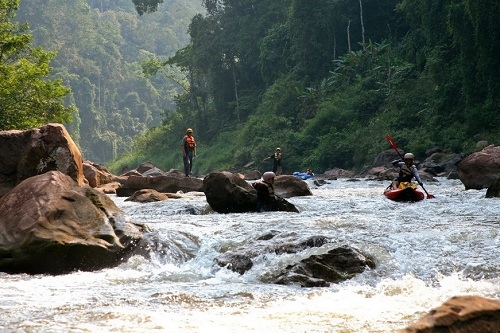
“With an unmarried mother as queen,” Prince Boun Oum na Champasak, the last of the kingdom’s royal line, once said. “Everything started so badly that the game was lost before it began.”
Boun Oum, who died in French exile in 1980, may have griped about his family’s downfall (though he was not a direct descendent of Nang Pao), but it did not stop him from using his remaining royal privileges to loot the nearby Wat Phu. The magnificent Angkorian temple complex was recently made a UNESCO heritage site and is considered one of the finest Angkor-inspired edifices outside of Cambodia.
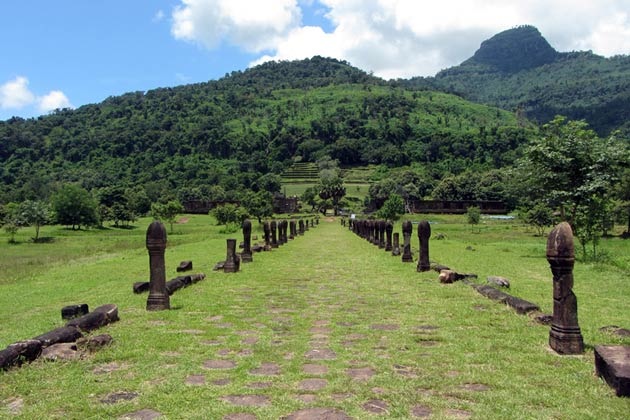
Vatphou Champasack:
The Vat Phou temple complex is one of Southeast Asia ‘s best examples of both early and classic Khmer architecture dating from the 7th to 12th centuries. This UNESCO World Heritage Site includes the ancient city of Shestrapura and many little known but interesting archeological sites along the banks of the Mekong River . There are also many fine examples of traditional Lao homes and buildings from the colonial period. If you are in Champasack during February, don’t miss the Vat Phou Festival.
Mekong Island & Irrrawawddy Dolphins:
South of Khong Island (the largest in Laos ) are the four Thousand Islands, or Si Phan Don in Lao. This area of extraordinary beauty is known for its fine food-especially fish dishes-distinct temple architecture and warm hospitality. On Don Det and Don Khon, remnants of an early 20th century railway and steamship port can be visited. At the Lao-Cambodia border local boats can be hired to observe the endangered freshwater dolphins that inhabit this section of the Mekong.
Bolaven Plateau:
Rising over 1.500m above sea level. The rich volcanic soils and cool climate of the Bolaven Plateau produce some of he finest Arabica coffees in the world. The town of Pakxong is a base for day trips to the region’s coffee and tea plantations, as well as the spectacular Xe Katamtok Waterfall. On the way to Pakxong stoop at the Tad Fane Resort at km 38 for breathtaking views of the Tad Fane Waterfall located on the edge of Dong Houa Sao NBCA.
Xe Pian NBCA:
The 2.400 sq km Xe Pian National Biodiversity Conservation Area is one of the most biologically important and diverse protected areas in the country. Home to 51 key species of birds including the Giant Ibis and Sarus Crane, as well as 36 species of mammals, Xe Pian is one of the province’s premier ecotourism destinations. Kiet Ngong Village is the jump off point for nature walks, bird watching, trekking, elephant rides and day trips to the Phou Asa archaeological site.
Mekong Falls-Li Phi & Khone Phapheng:
By volume the largest waterfall in Southeast Asia, thundering Khone Phapheng is one of the most inspiring and popular attractions in the province. Among the waterfall’s many channels and rocky outcrops visitors can see local people using traditional fishing techniques. Li Phi, just north of Khone Phapheng, is another amazing natural site that is best seen during the months of December-March when the cascade’s clear waters are tinted emerald green. Food and beverage facilities are available at both sites.

